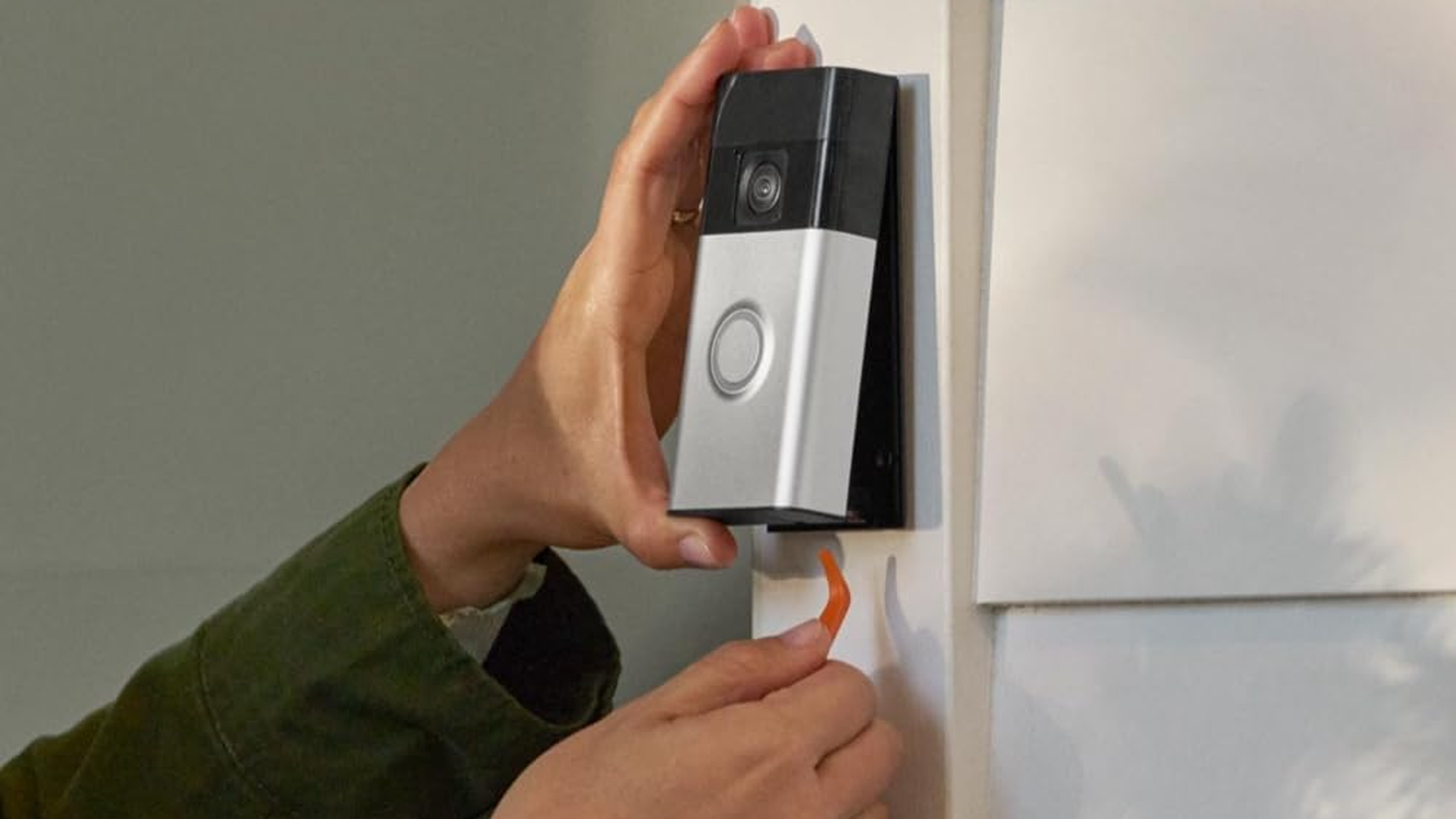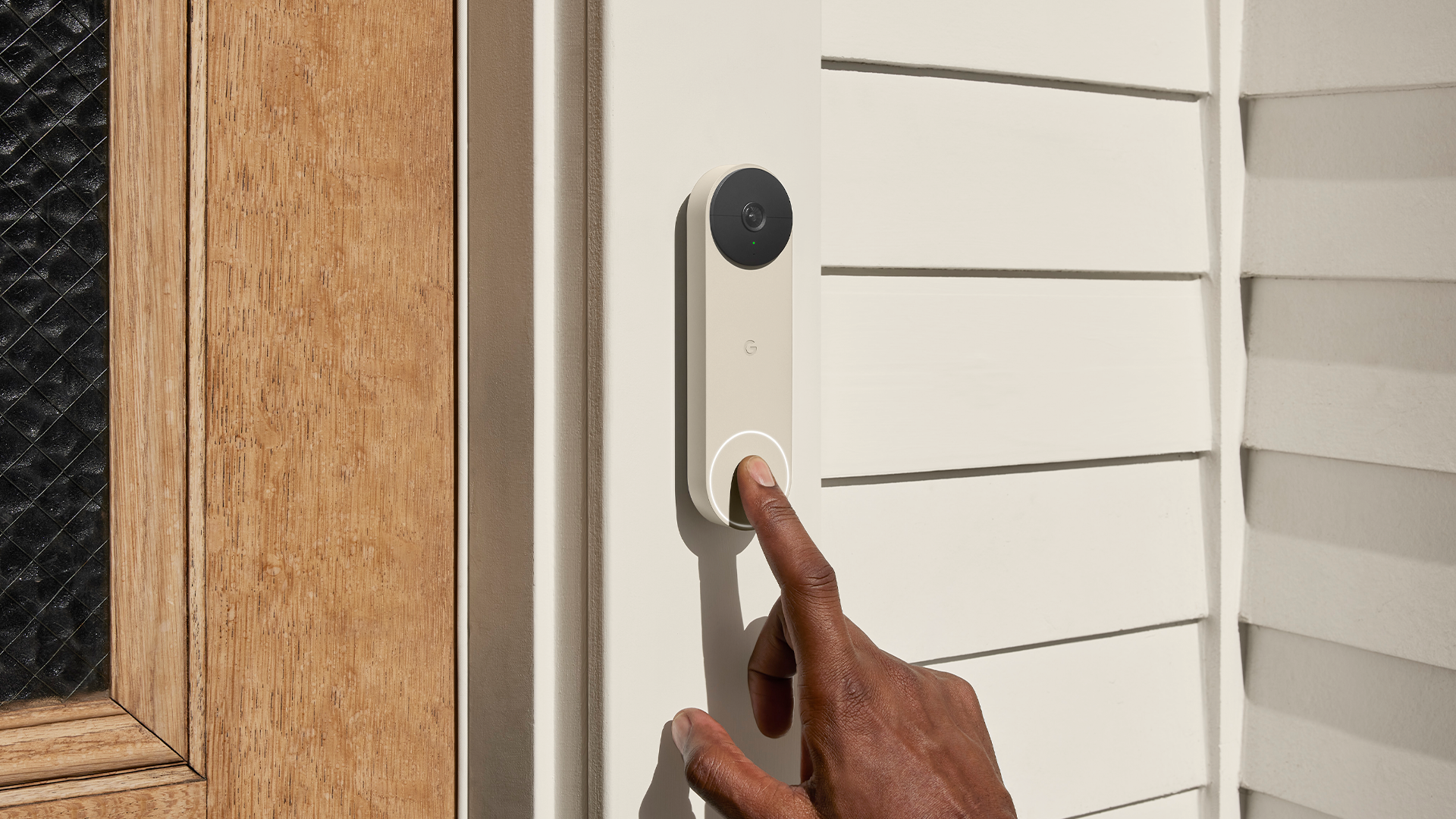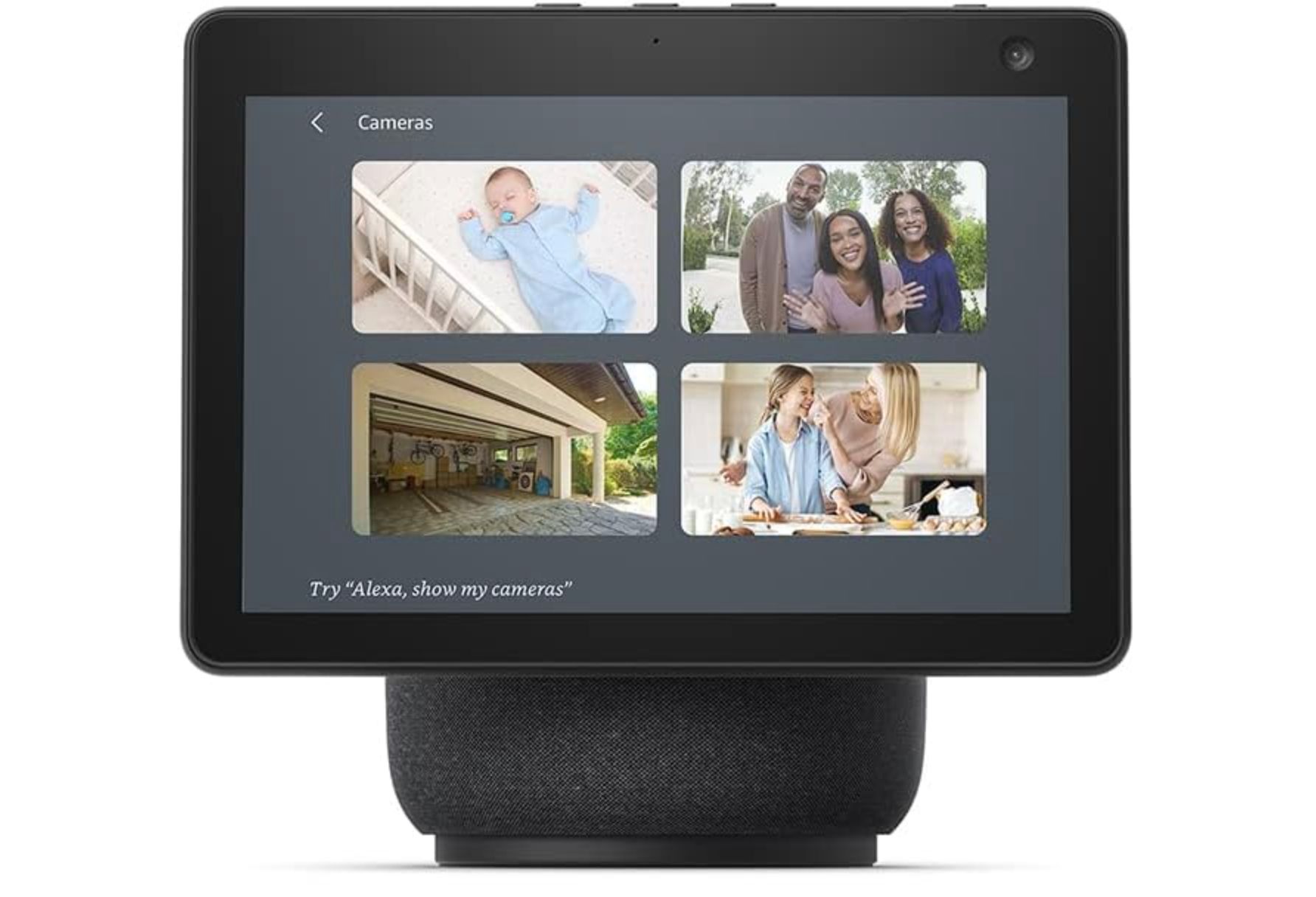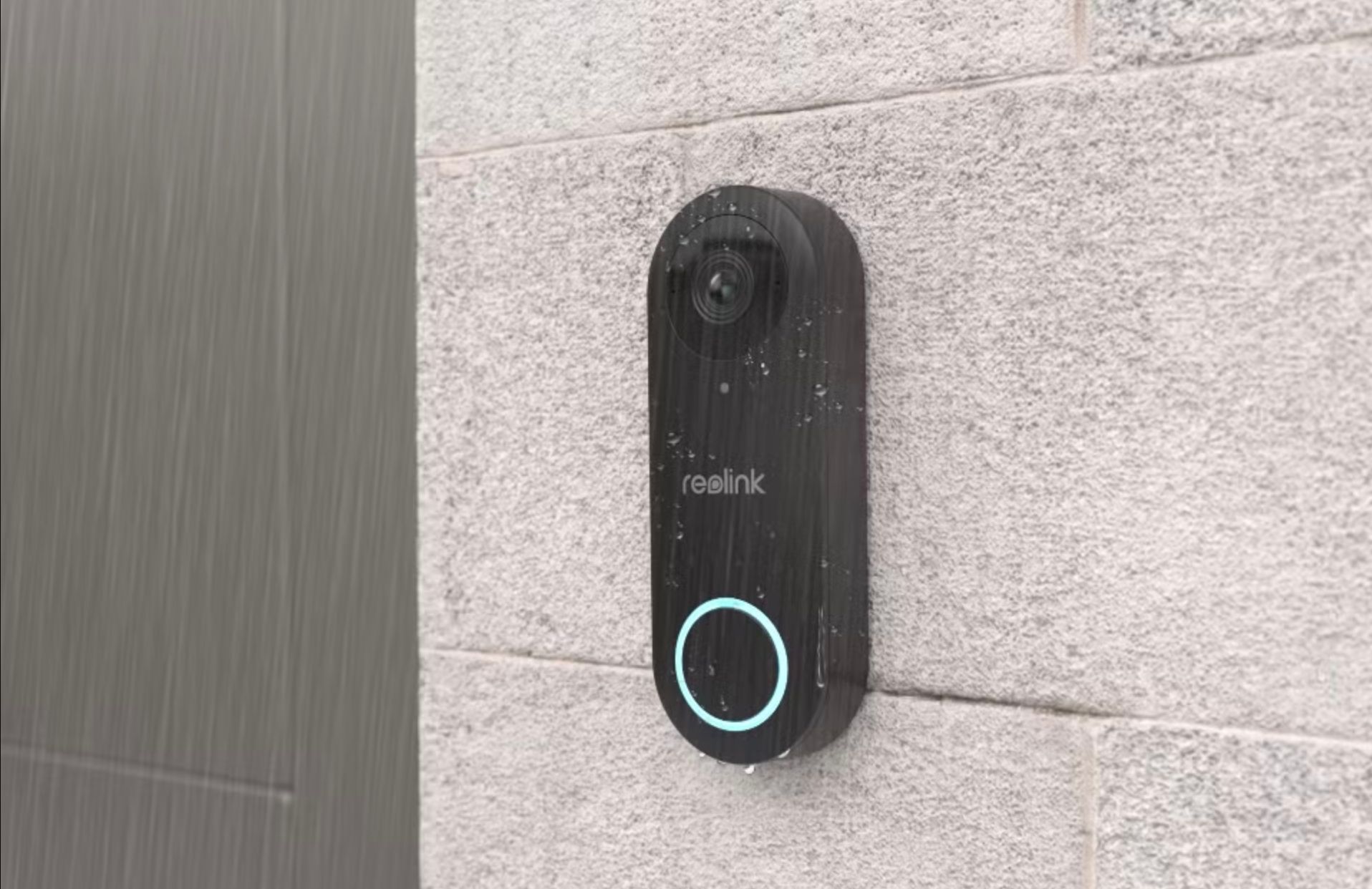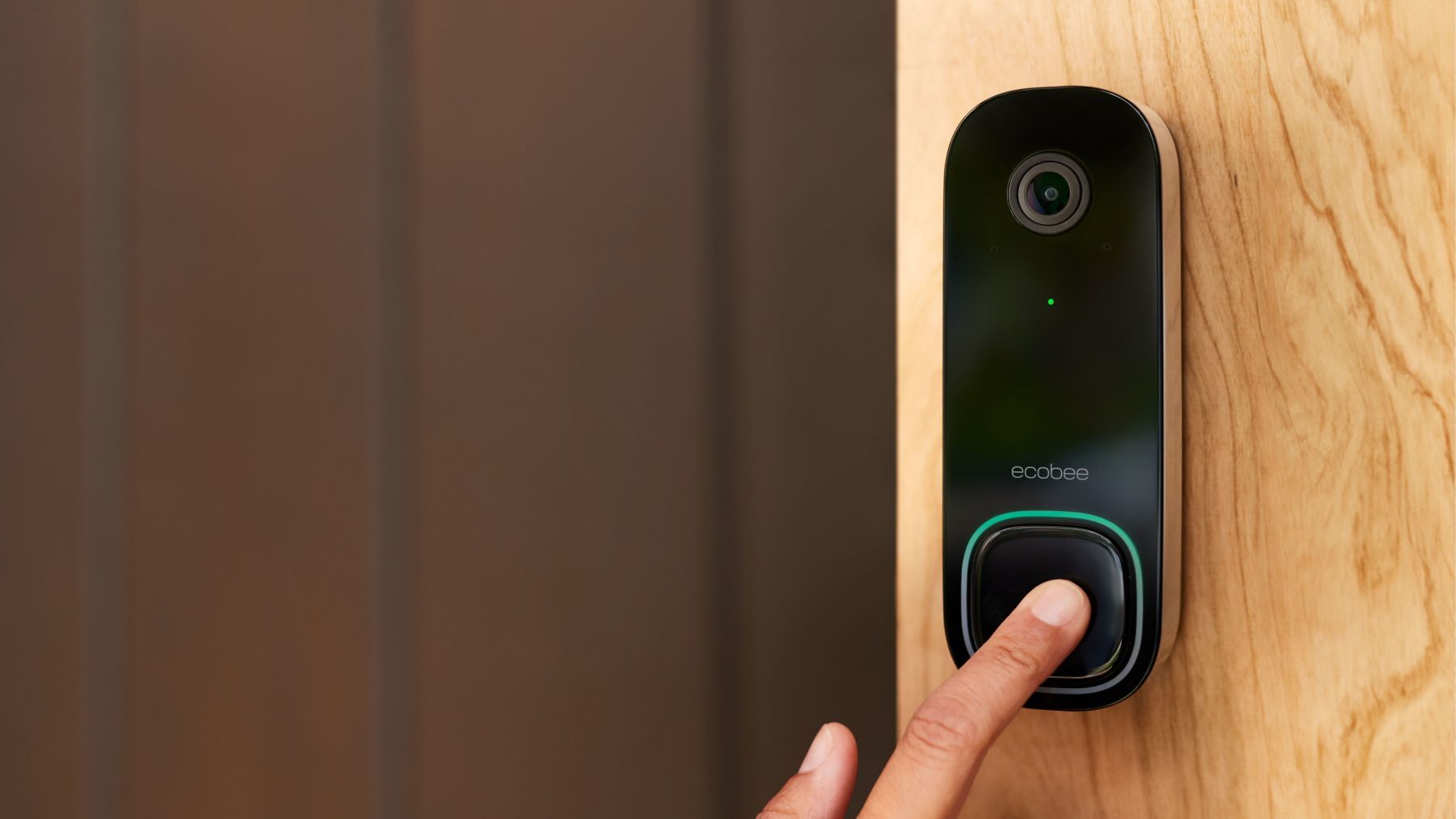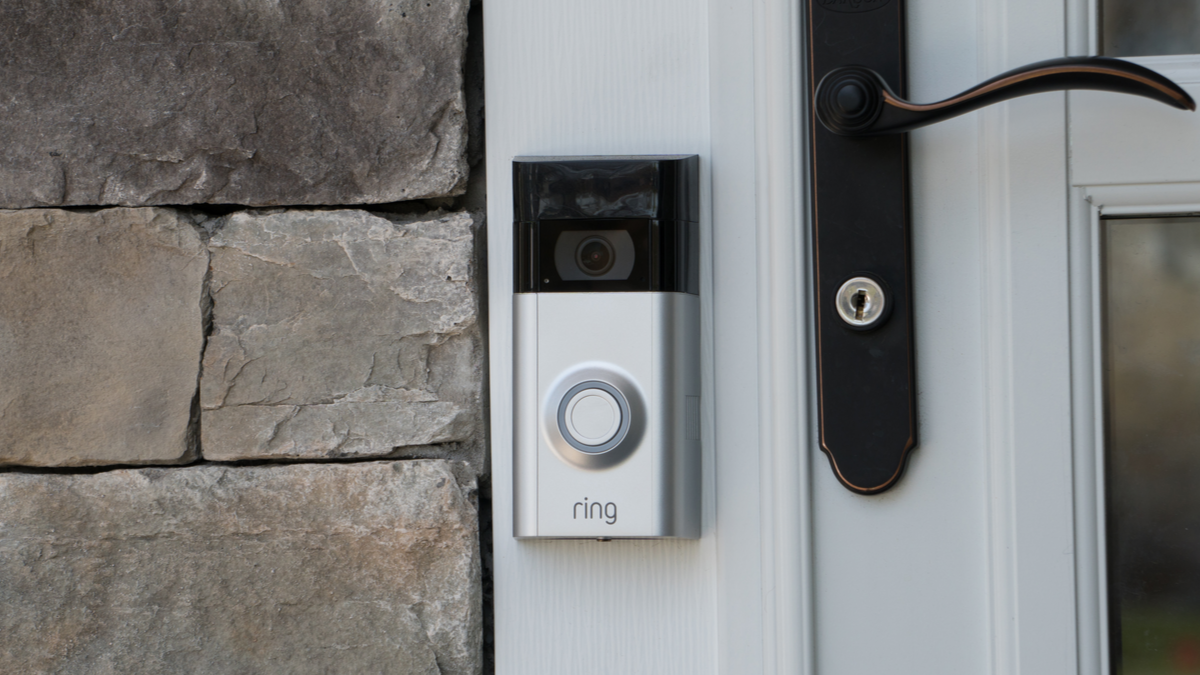Key Takeaways
- Choose between existing wiring or battery power for a smart doorbell, which is especially relevant when considering where to place your doorbell.
- Ensure the video doorbell integrates with your current smart home ecosystem and can withstand the weather conditions at your home.
- Don’t forget to consider the ongoing costs, whether you want to pay for a cloud subscription, and whether the manufacturer has a rocky reputation.
Whether you are new to smart home technology or want to expand your setup, a smart video doorbell is a great way to improve home security. Just make sure you’ve got a good answer to these questions before you buy.
Will You Use Existing Wiring or Battery Power?
The first, and most important, factor when considering a video doorbell is how to power it. There are two main options to choose from: existing doorbell wiring or a battery-powered model.
Each option has its share of positives and negatives. If you have an existing “dumb” doorbell at your front door, using those low-voltage wires is likely to be the best option. You’ll need to have some basic DIY skills, or hire an electrician. But the video doorbell will always have power and will even likely work with your existing chime box inside.
The biggest downside with battery-powered doorbells is that the battery needs to be charged every three to six months, depending on how much it is used and which model you’ve got. But without needing to use wires, there’s far more flexibility in terms of where the doorbell can be placed. Battery-powered models are also a good choice for an apartment or renter since they can be easily removed without problems.
Where Will You Put Your Doorbell?
Another important thing to consider is placement. This is especially important when you want to use the existing doorbell wiring. In a perfect world, your existing doorbell is pointed at a perfect angle to see the front porch and even parts of your yard.
But many doorbells were installed at odd angles, pointed at walls, or obscured by pillars and other items. There’s nothing worse than installing your video doorbell only to find out you can’t see anything.
The good news is that many smart doorbell manufacturers include some type of wedge that you can use during installation that will better angle the built-in camera so you can see who is at the front door. Those aren’t perfect, but can make the situation better. Another option is to use a battery-powered video doorbell that can be placed almost anywhere around your front door.
The angle of visibility and aspect ratio are also worth considering when it comes to doorbell placement. If your front door is located down a narrow alleyway, a portrait doorbell makes sense, since you won’t need the width. If you have a large front yard, and you want to cover the whole thing, go as wide as possible.
Will Your Doorbell Integrate with the Rest of Your Smart Home?
Just like other smart home products, not all smart video doorbells work with all three of the major smart home ecosystems (Amazon Alexa, Google Home, and Apple HomeKit).
You’ll want a doorbell that works with your existing smart home platform for a few reasons. The most important is that you can tie in the video doorbell with other smart home products using automations. For example, whenever someone presses the doorbell, you can create an automation that will turn on your indoor lighting. There are tons of different other great automations you can create.
There are other advantages to using the video doorbell with your smart home ecosystem. For example, if your doorbell works with Amazon Alexa, you can view a live video feed of your front door with a simple voice command to an Amazon Echo with a screen. You can even answer the door using audio only from a regular smart speaker.
If a smart video doorbell is your first smart home product, and you’re considering what ecosystem to start using, take a look at our primer comparing the three major platforms.
Can Your Doorbell Withstand the Weather at Your Home?
Beyond location, another important factor to consider when selecting a video doorbell is your local weather. Modern video doorbells are weather-resistant, not weatherproof. The best way to help protect the electronic device is to make sure to place it under eaves or awnings to keep it out of direct sunlight, heat, cold, and rain.
Ring doorbells, for example, are designed to work in temperatures from -5 to 120 degrees Fahrenheit. If your home ever sees weather more extreme than that for consistent time periods, you might want to go ahead and rethink a video doorbell.
Another option is to look for added protection for a video doorbell. You can shop online for third-party protection options for popular manufacturers. Some of them can block precipitation and other elements from hitting the doorbell.
What Do You Want to Pay for a Doorbell?
Make sure to consider the entire cost of a video doorbell. Most obvious is the up-front cost of the technology. Video doorbells run from under $100 to over $250 depending on built-in features. Wired models tend to be on the low end of the price range while battery or combo units can be a bit more.
If you’re looking for a battery-powered version, there might be additional costs down the road if, for example, you want to purchase an additional battery.
A hidden cost, depending on what video doorbell you choose, is a monthly or yearly subscription cost. All video doorbells will allow you to see a live view from the camera or after the doorbell is pressed. But many require a subscription to unlock additional features, most importantly the ability to view recorded video captured by the camera. That small subscription fee can add up over time—make sure to consider it when picking between them.
If you’d rather not hassle with a subscription, you can avoid video doorbell subscription costs. Some models that allow you to store recorded video on a microSD card inside the doorbell, while others use a hard drive on your network. Those models can cost more upfront, but over time they might save money.
Do You Trust the Doorbell Manufacturer?
The final consideration when looking for a video doorbell is the reputation and reliability of the manufacturer. While you might be tempted to purchase the cheapest model available from an unknown manufacturer, it’s better to stick with larger, more well-known brands that you trust. Video doorbells from larger manufacturers will likely have better reliability and stand the test of time.
Along with hardware reliability, make sure to research the reputation of the manufacturers of the video doorbell you’ve chosen. Some no-name brands have been found to have massive security issues, allowing hackers to gain access to the live video feeds from the video doorbell and, in some cases, cloud video recordings. Take a look at which smart doorbell brands have the rockiest reputations.
There are also a number of privacy and other issues to consider before selecting a smart security camera like a video doorbell.
No matter what model you choose, a smart video doorbell makes a great investment for any smart home. Make sure to take a look at some of the best smart video doorbells on the market.

